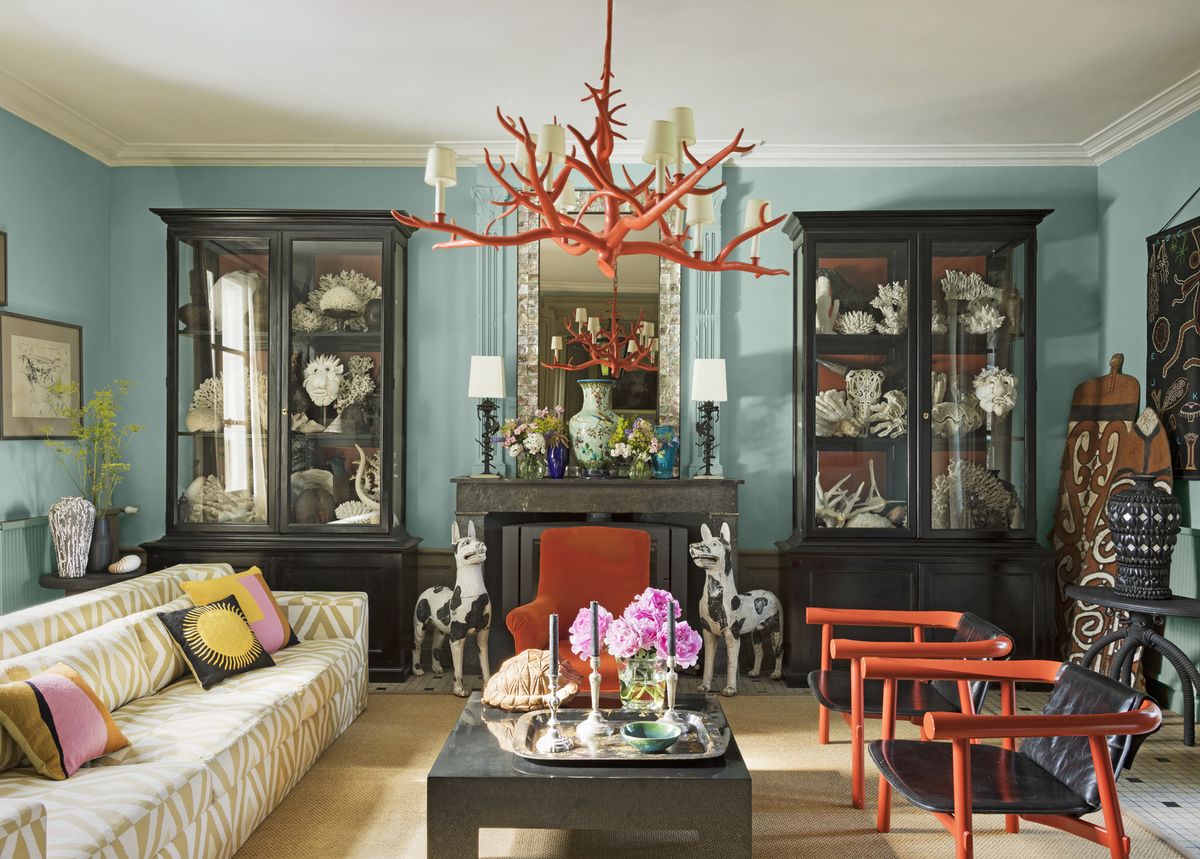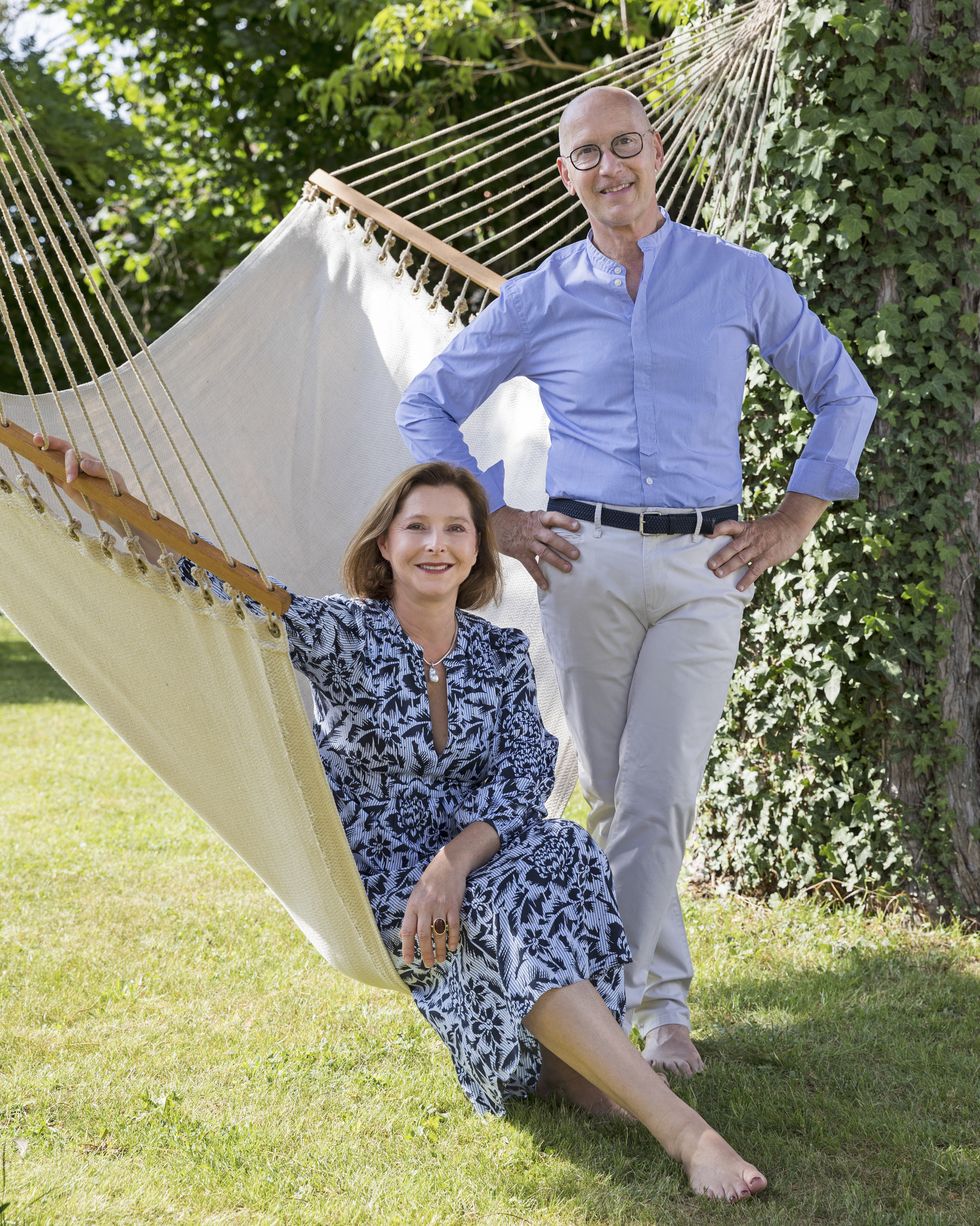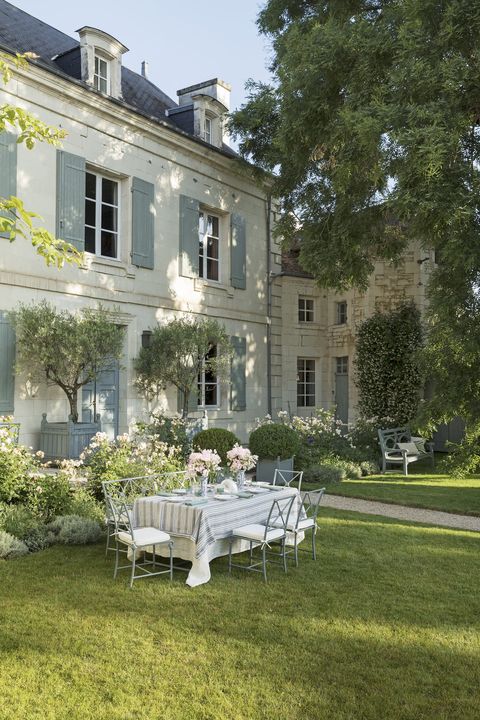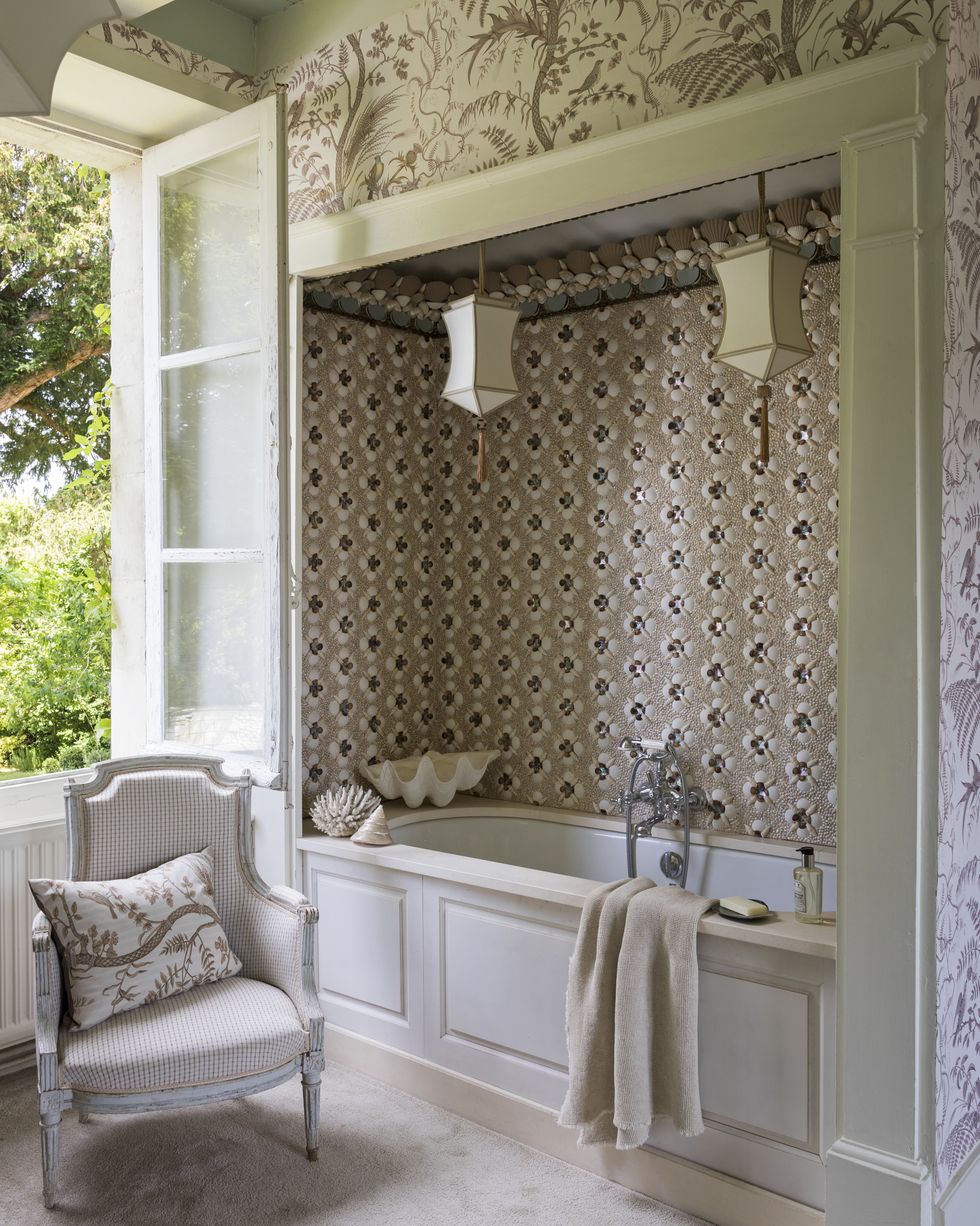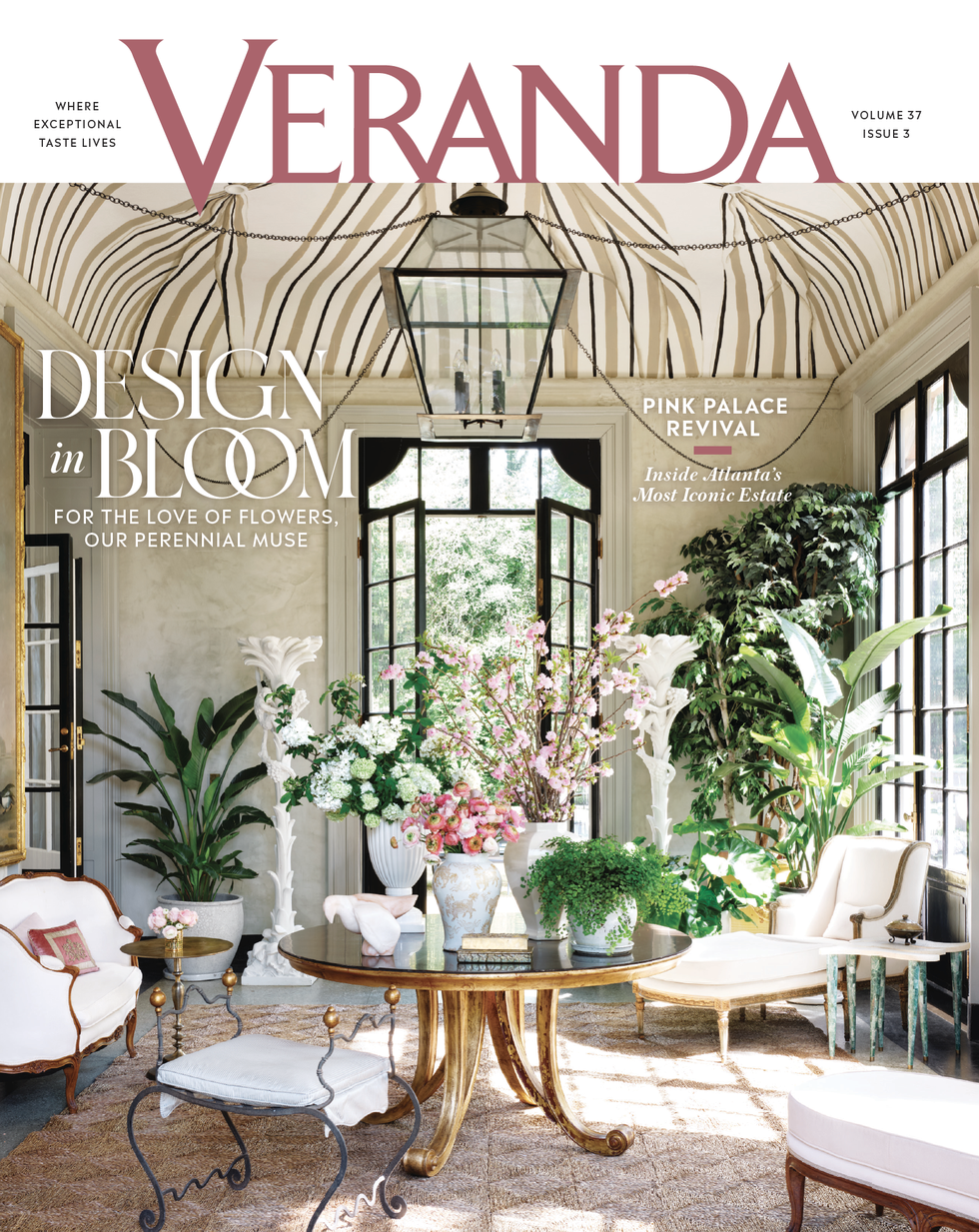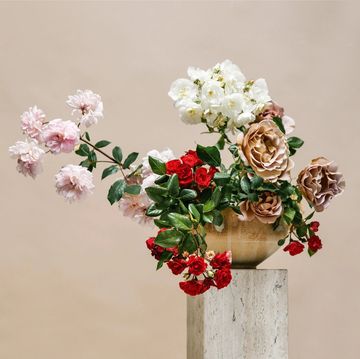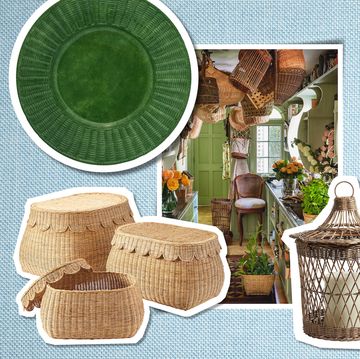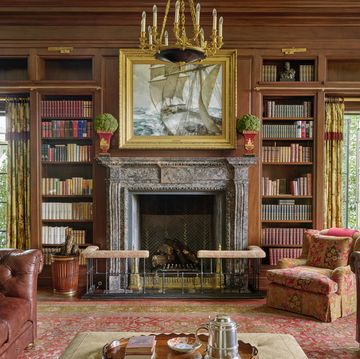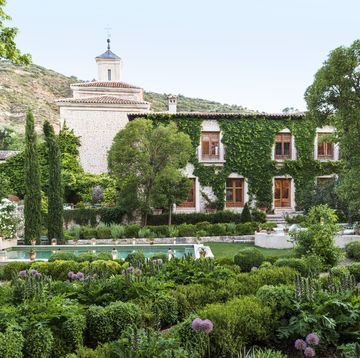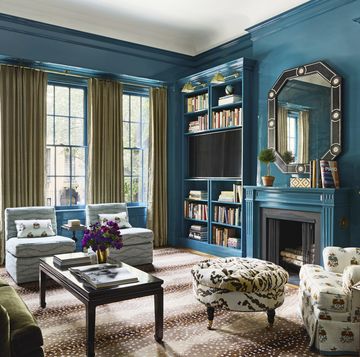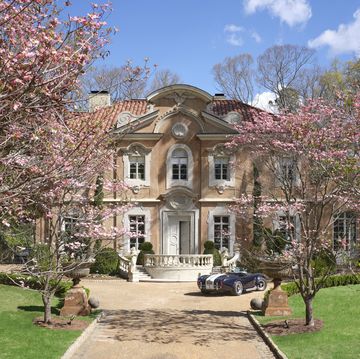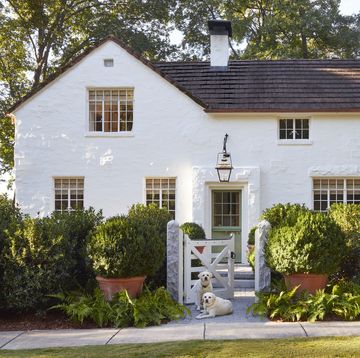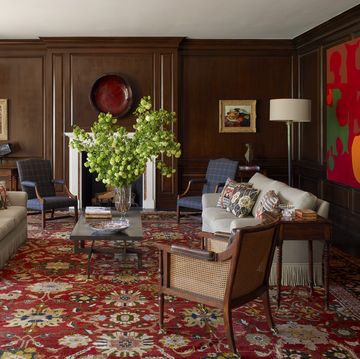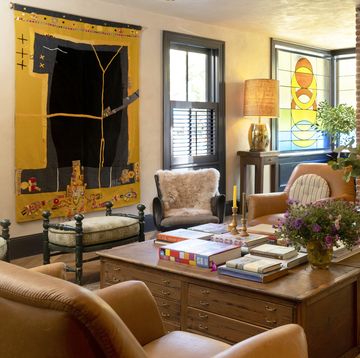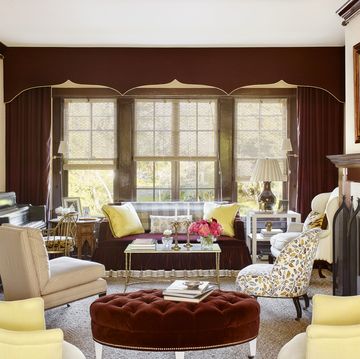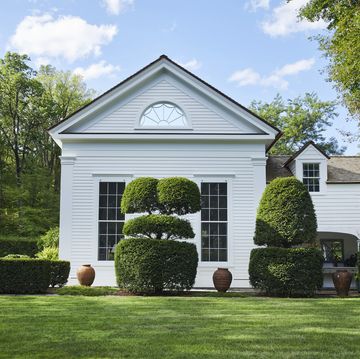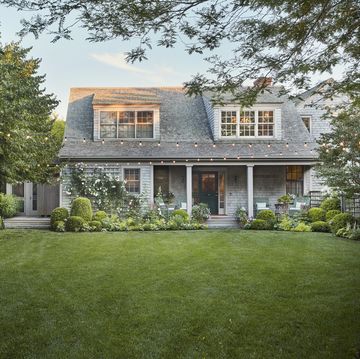Thomas Boog marvels at a little 19th-century porcelain mustard pot he bought the previous day from a shop near his weekend home in France’s Touraine region. “It is so cute,” he gushes. “The monogram with a B! And just 10 euros! It’s as if nobody wants this sort of thing nowadays; they want to put everything in the dishwasher.”
Lucky for the antiques dealer, he has a regular client in Boog, who in a previous life was a shoe designer for Bally and Charles Jourdan. “I have always admired the craftsmanship of antique finds such as monogrammed crockery, carved cabinets, and embroidered linen. I see the beauty of every piece, but through the eyes of a craftsman. My own work is very much the same,” says the Swiss-born designer, who channels his artistry into joyful, intricate coquillage—or shellwork—that ranges from graphic arrangements for mirrors and lighting to original portraiture, drawing inspiration from pieces found in 18th-century follies.
His French wife Elizabeth Leriche’s design inclinations, however, lean toward the future: She is one of the country’s most influential trend forecasters in the world of interiors, including being a leading voice for the international design market . With both partners being so keen on matters decorative, they have come to an understanding: While Leriche’s realm is their Paris apartment, where the vibe is strictly modern, the primary decoration of the historic country house is Boog’s territory. She lays a harmonious foundation with wall colors and textiles, and he fills the rooms with a happy confluence of inherited pieces, contemporary furniture and shell designs, and reminders of the couple’s travels around the globe.
More From Veranda
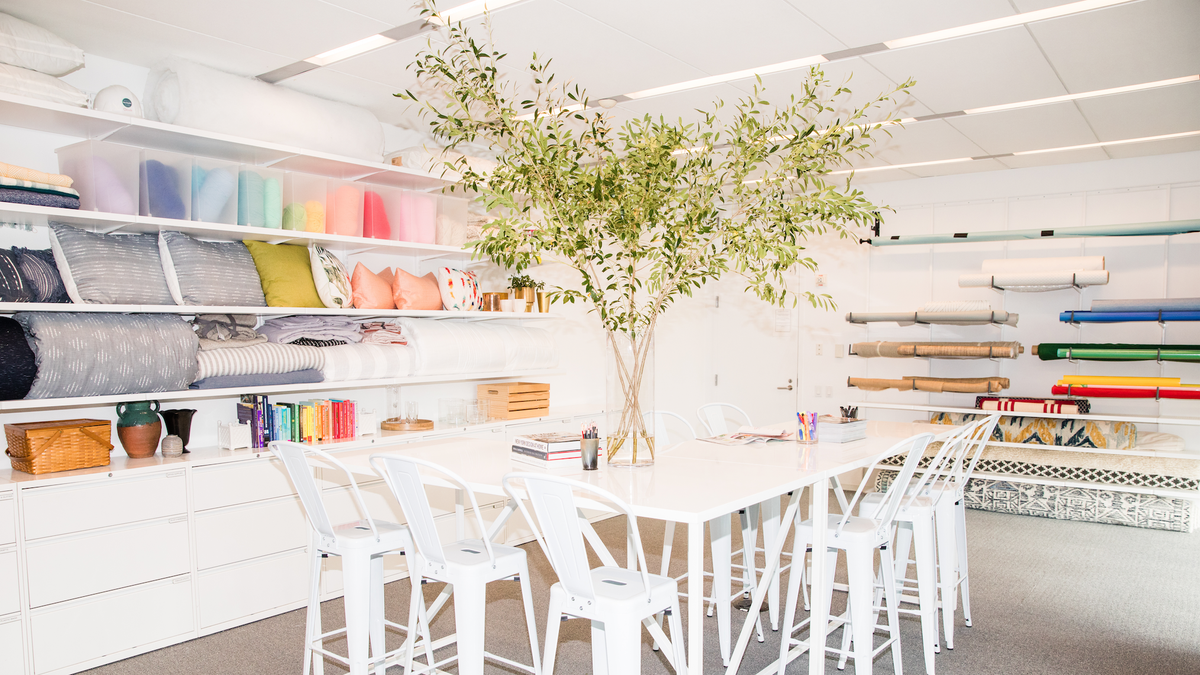
The home is an amalgam of eras and influences, with some parts dating to the 1400s and others added in the 17th and 18th centuries. Built from limestone quarried from the neighboring village, it formerly belonged to the village’s mayor and had also served as a private elementary school (tiny lavatories were tucked into one of the outbuildings). In 2007 Boog and Leriche acquired it as a place in the countryside for weekends and holidays within reach of the capital, but not too remote. “I don’t want to be in the forest; it is not my thing,” says Boog, noting that this home was the first they looked at and they knew immediately it would be the one. “We face onto the village’s main street, but the back view is total countryside.” And, he says, it is just the right size. “There is no need to have a château that you can hardly heat; here, you walk in, you open the shutters, and it is done.”
Plus, the house required little restoration or repair. The couple joined two rooms to create the primary bedroom and removed a wall between the original 15th-century building and a 17th-century addition to expand the kitchen, removing a floor in the latter section to open the space to more light.
In the garden a large redundant vegetable patch proved the ideal spot for a pool to be tucked away along the side of the house and out of sight. The back of the house boasts a long, uninterrupted “borrowed landscape” of fields, which belies the fact that the garden is not very large and is easy to maintain.
Boog has two ateliers here, and his shellworks are very much a feature of the house, without looking incongruous in a landlocked location: a bright red coral-like chandelier here, a mirror in the shape of a starfish there. And they mingle easily with intriguing characters from the past. In front of the fireplace in the drawing room, for example, is a pair of carved wood Burmese temple dogs that “protects our house,” says Boog. Large shields from New Guinea rest against the wall, their terra-cotta coloring picked up at the back of the black display cabinets of curiosities—designed for the space by Boog—that house his Arcimboldo-like coquillage heads.
The colors of Boog’s designs are subtle and the surfaces so densely covered, one almost doesn’t notice they are made from shells. For instance, a patterned wall installation in the bath alcove off the primary bedroom “is inspired by the 18th-century style and appears almost as a wallpaper,” says Boog. But at its heart, as with all his works, is a deep reverence for shells. “If you find them at the bottom of the sea, they are terribly dirty, they don’t look nice, and you can hardly see the color. But I think man’s intervention to make something more beautiful is important. Shells are a gift from nature.” And indeed his work is a gift to the house.
Featured in our May/June 2023 issue. Interior Design by Thomas Boog and Elizabeth Leriche; Landscape Design by Patsy Boughton; Photography by Pascal Chevallier; Styling by Laurence Dougier; Written by Caroline Donald.
